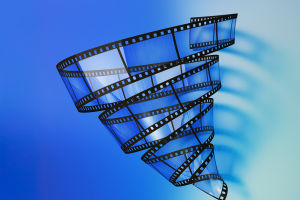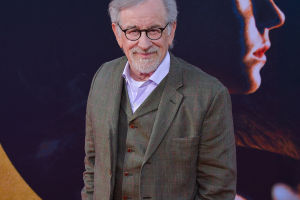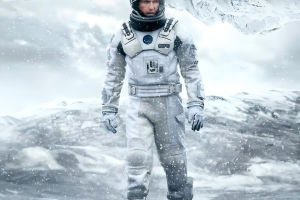When we watch a film, we're often swept away by its plot, characters, and visuals. But have we ever stopped to think about how these visuals are constructed to make us feel a certain way?
Camera angles, movements, and editing techniques are not just technical aspects of filmmaking—they're essential tools used to tell the story and enhance the emotional impact.
Today, we will dive into the fascinating world of camera language and narrative structure, exploring how directors use different types of shots to evoke emotion, develop characters, and guide the audience through the story.
Camera Angles: The Silent Storyteller
The first element we'll explore is camera angles, which often act as silent storytellers. Camera angles help convey the power dynamics between characters, their emotional states, and even the atmosphere of the scene. For instance, a low-angle shot can make a character appear powerful or intimidating, while a high-angle shot can make them look vulnerable or weak.
In one iconic scene, a character sits at the head of the table during a family meeting, gazing down at everyone. The low camera angle emphasizes their dominance and control, symbolizing a rise to power. This visual choice conveys the character’s internal transformation more effectively than dialogue, showcasing how camera techniques can subtly but powerfully shape a story.
The Power of Close-Ups and Long Shots
One of the most impactful tools filmmakers use is the close-up shot. A close-up focuses on a character's face or a particular object, allowing us to connect deeply with their emotions. The camera brings us close to the character's world, emphasizing their internal struggle or joy.
On the flip side, long shots serve a completely different purpose. They provide us with the broader context and show us the character in relation to their environment. This is often used in action sequences or to show a character's isolation in a vast world.
A long shot places the character within a vast, barren landscape, highlighting both the physical and emotional struggle for survival. By pulling back, the camera creates a visual metaphor for the battle against the forces of nature.
Tracking Shots and Psychological Engagement
In addition to specific angles, camera movement plays a crucial role in how we perceive the story. One of the most effective camera movements is the tracking shot, where the camera follows the character through their environment. This type of shot often immerses the audience into the action, making them feel as if they are walking alongside the character.
One striking example is a film designed to appear as though it's filmed in a single continuous shot. The tracking movements, especially through narrow corridors, immerse the viewer in the unfolding drama. This unbroken flow builds urgency and intensity, drawing us into the protagonist's emotional turbulence and making us more aware of the shifting dynamics within their mind.
The Role of Editing: Pacing and Emotional Timing
Editing is often called the invisible art of filmmaking. It's the glue that holds everything together and, in many ways, determines the pacing and rhythm of a film. How quickly or slowly the story unfolds has a significant emotional impact on the audience. A fast-paced sequence can create tension, excitement, or anxiety, while a slow-paced edit might deepen the emotional weight of a scene, allowing the audience to feel every moment more profoundly.
In one example, slow, deliberate cuts during the most tense moments heighten the sense of dread. Each edit is precisely timed to build suspense, and the extended pauses between actions give the horror more time to settle in. This careful control of pacing through editing makes the scene especially unsettling.
The Symbiotic Relationship: Camera, Editing, and Emotion
The magic of filmmaking happens when camera work, editing, and emotion blend seamlessly together.
One example uses a mix of close-ups, rapid cuts, and intense tracking shots to convey an overpowering sense of loss and despair. The frantic editing mirrors the characters' emotional collapse, while the camera keeps us tightly bound to their psychological breakdowns. Together, these techniques immerse the audience in their turmoil, making it feel as though we are trapped inside their spiraling world.
Conclusion: The Art of Guiding Emotion Through Technique
In conclusion, filmmakers use camera angles, movements, and editing not just as tools to tell a story, but as a means to shape our emotional experience. Whether it's a low-angle shot making a character appear powerful, a close-up revealing their deepest emotions, or a tracking shot pulling us into the action, these technical elements are woven together to create a narrative that resonates with us on a deeper level.
Next time you watch a film, take a moment to notice how these techniques influence the way you feel. The power of camera language is that it allows us to engage with a story not just intellectually, but emotionally, transforming the way we experience the film.


